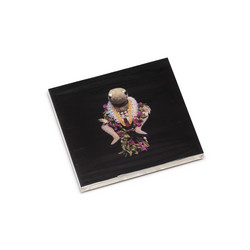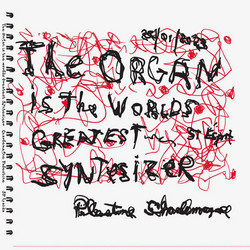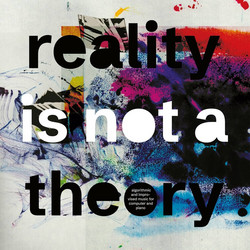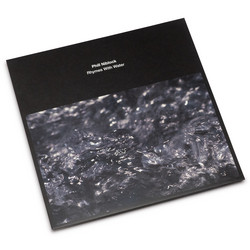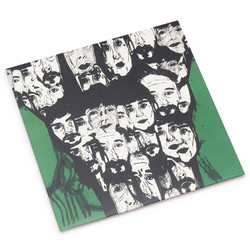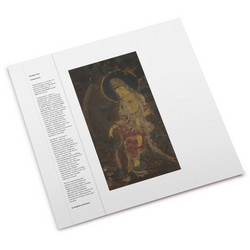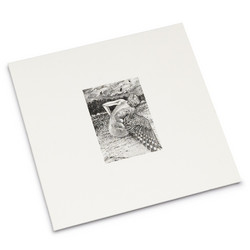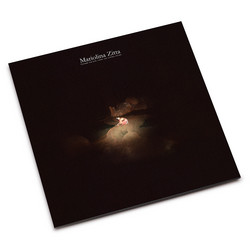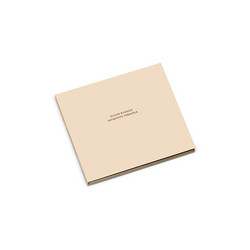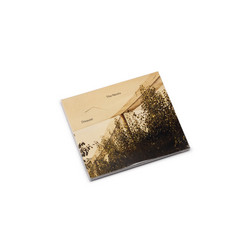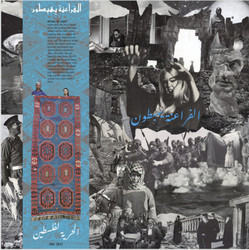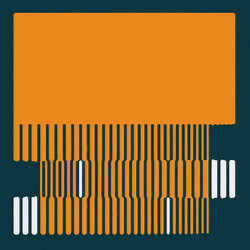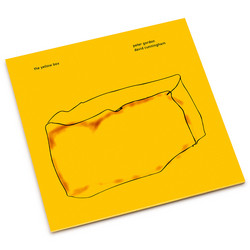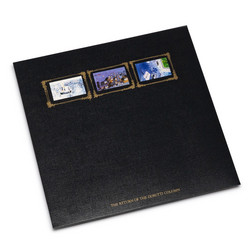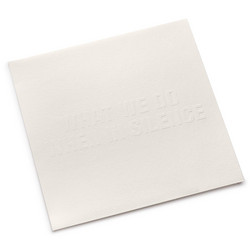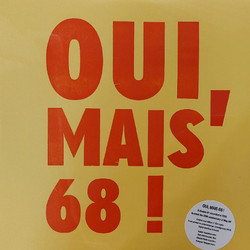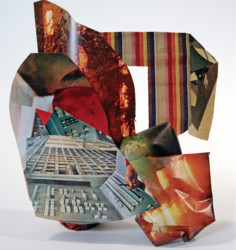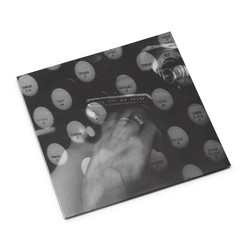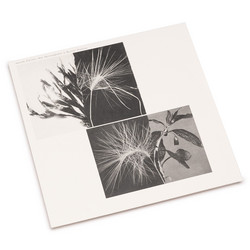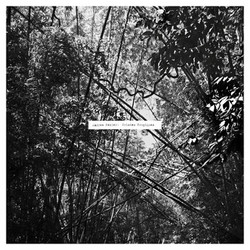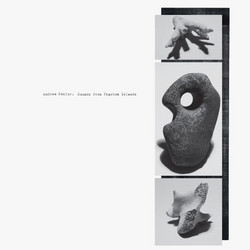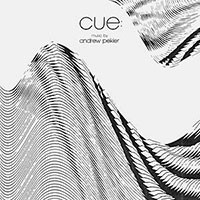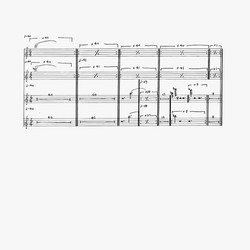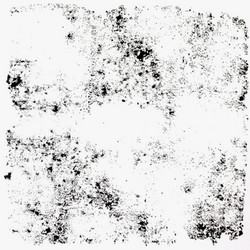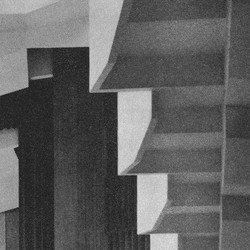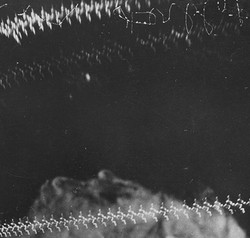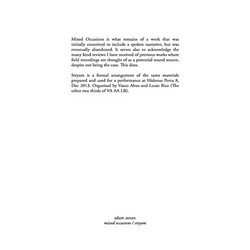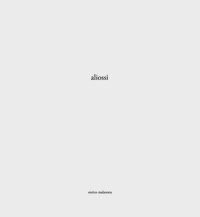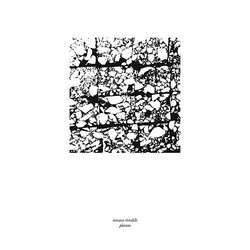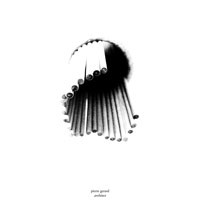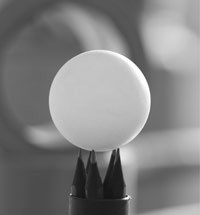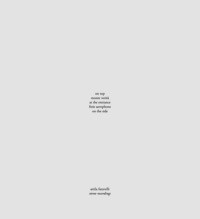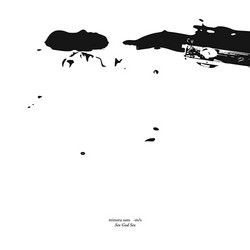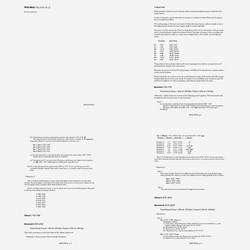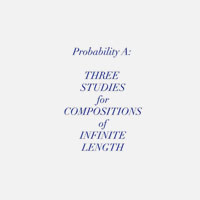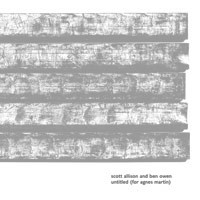**Restocked**In line with the prepared works of John Cage, Pekler has also tackled the piano with a modern twist that we could only imagine Cage would delight it. The A side of this long player contains participatory recordings wherein audience members of a performance in Berlin were invited to call mobile phones placed inside the performers piano (hence Pekler’s play on Cage’s original title) which would vibrate the strings and the signal would be passed along to a modular synthesizer via contact mics. (omg)
The B side contains recordings from The Prepaid Piano which are then translated to midi notes via Ableton. The Prepaid Piano Selections from the installation The Prepaid Piano, recorded 21–24 February 2013 during the Unmenschliche Musik/Inhuman Music exhibition at Haus Der Kulturen Der Welt, Berlin. Inside a grand piano, five mobile telephones rest directly on the strings in five different areas of the piano sound- board. Calling any one of the telephones activates its vibration alarm, thereby directly ‘playing’ the strings on which the phone happens to be lying.
Audience members choose which parts of the piano are ‘played’ by calling any of the five telephones’ numbers — either from their own mobile phones or from the provided stationary telephones. Contact microphones attached to the piano’s soundboard pick up the sounds of the mobile phones vibrating the piano strings and pass them on to a voltage-controlled modular synthesizer. Incoming signals above a pre-determined amplitude threshold at the synthesizer’s input trigger its recording and modulation functions. The incoming audio is looped and modulated by the synthesizer and played back through stereo loudspeakers. Subsequent calls to the phones produce new incoming signals that gradually displace the previously recorded audio. Additional layers of sounds are added by intermittently tapping and knocking on the piano, manipulating its strings directly, repositioning the mobile phones, etc.
B—Replayed
Using the audio-to-MIDI function in Ableton Live software, the Prepaid Piano recordings from side A are algorithmically analysed and converted into MIDI notation. When applied to the harmonically and rhythmically ambiguous Prepaid Piano recordings, the audio-to-MIDI device’s inherent limitations are magnified. The MIDI notation it generates under these circumstances is effectively an original composition which (although distantly related to the source material) is the result of the audio-to-MIDI algorithm’s inability to correctly ‘read’ the information it is presented with. The newly generated MIDI notation is then used to control and play a synthesizer consisting of an oscillator, sampler, filter, and effects modules.
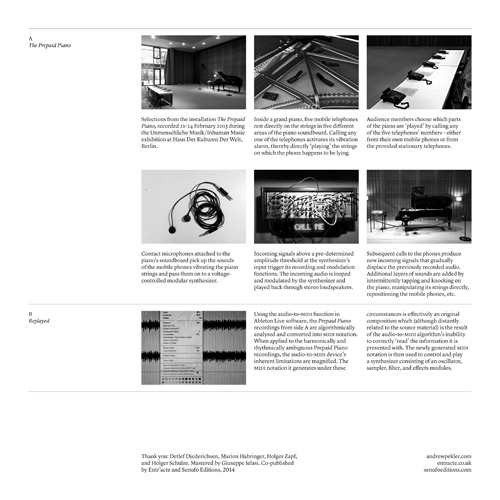
Limited to 300 copies

